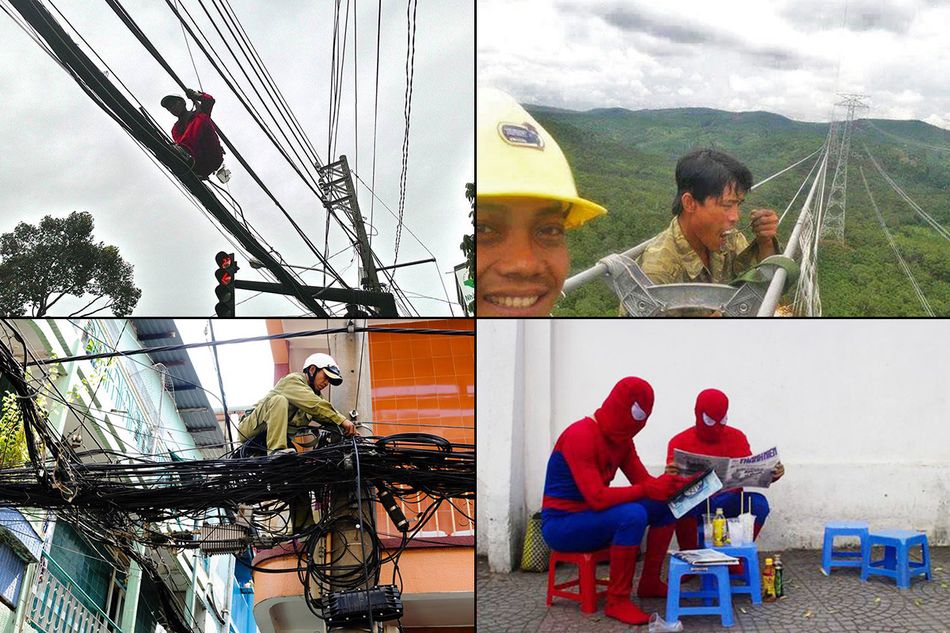Last week we heard the story of the Saigon Post Office’s last letter writer, a trade that is unlikely to last much longer. But letter writing isn’t the only traditional occupation endangered by Vietnam’s fast-paced growth and modernization, according to VNExpress.
In the country’s capital, once-popular steel utensil makers, ao dai tailors, street barbers and wooden stamp engravers are quietly disappearing.
Steel utensil makers

Image via VietNamNet.
Nguyen Khuyen street (formerly Sinh Tu Street), was once renowned for its collection of steel utensil makers. Originating with a small shop owned by a Hoe Thi villager whose family had a tradition of forging, the street eventually became the place to buy hand-made scissors, knives, blades and related utensils. Though not as sophisticated as imported metal blades, the steel wares of Sinh Tu were favored by most local tailors, barbers and chefs.
However, as more imported products flood the market, quantity is winning out over quality.
Ao dai tailors

Image via Imageshack.
The expert ao dai tailors of Trach Xa Village were probably the first to bring their trade to Hanoi which is concentrated on Luong Van Can Street. Though less than one kilometer long, lines of customers once stretched its length as people from all over the country came to by top-quality traditional dresses.
While locals and foreigners still adore the ao dai’s beauty, wearing them is no longer common as modern fashions are now the norm. As a result, the style doesn’t seem to be of much interest to the younger generation and few are actively involved in continuing the culture of making ao dais on Luong Van Can Street.
Sidewalk barbers

Image via Nathaniel O'Nions.
Highly trained barbers became a Hanoi mainstay in the French colonial era and the residents of Kim Lien Village were considered the most skillful.
When they brought their masterful hair-trimming skills to Hanoi, they raised the bar and 3 years of training was the average time one required to master the trade.
Sidewalk barbers were not only experts in hair styling but also chatting up and entertaining their customers with their sense of humor.
Though their numbers have been steadily decreasing, you can still see mirrors and a little chairs arched against the walls in shaded areas along Quang Trung, Ta Hien and Yersin streets.
Wooden stamp engravers

Image via Khacdau.
Scattered along Ta Hien, Hang Quat and Hang Bong streets, the humble shops of stamp engravers are easy to miss but the tradition of wood engraving has been around for a very long time. If you step inside these shops, you’ll find a plethora of shapes and patterns for stamps including street names, people’s names, and Chinese zodiac signs. If none of these meet your needs, you can even order a custom design.
Decidedly analog, these stamps are quickly going out of style as the country jumps head-first into the digital age.














